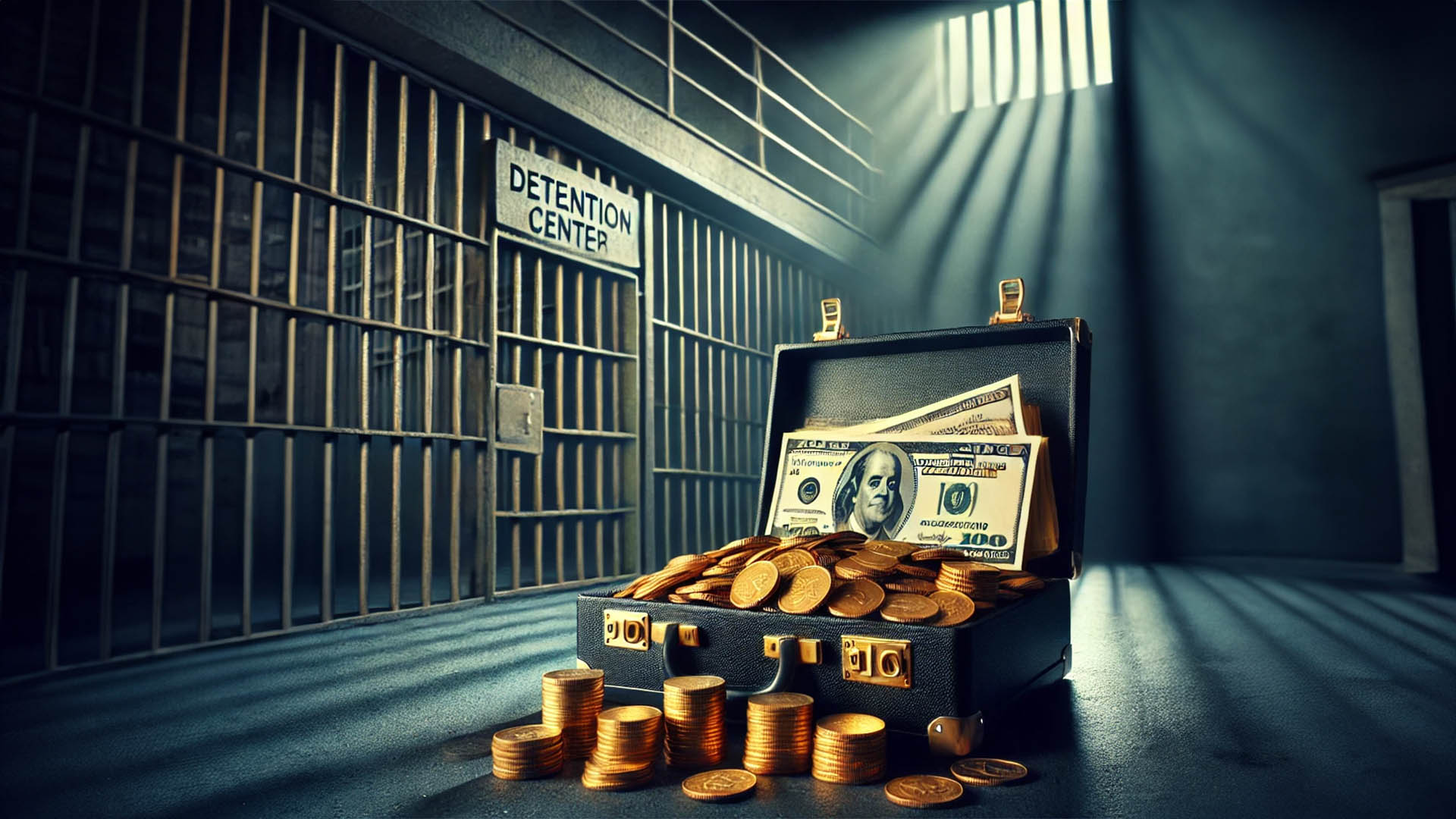
Australian market interest rates rose, the dollar hit a series of highs and the stockmarket was up 5% as the global rebound continued.
The Australian dollar hit a seven-month high against the yen, rising 3.6%, and it jumped 4% against the greenback to $US0.7598.
That’s despite the Reserve Bank of Australia holding its cash rate at 3%.
The RBA however said Friday in its latest monetary policy statement that the country’s growth could shrink by 1.25% in the year to June 2009, down from the February forecast of 0.25%.
The 10 year bond rate hit 4.97% on Friday (echoing similar moves in 10 year rates in the US, Europe and Germany).
So far the rise in long term rates hasn’t registered in share markets which are determined to continue to rise after wiping out 2009’s losses over the past two weeks.
Last week’s surge pushed major indexes further into positive territory for 2009, with the MSCI’s all-country index now up 6.4% so far in 2009.
Since the lows of early March, the FTSE World Index has climbed 37%, with the S&P 500 up 38%, the FTSE Eurofirst 300 gaining 32% and Tokyo’s Nikkei up 34%.
Emerging market equities have recorded even stronger gains, with the FTSE EM index up more than 50% from its March low.
The Financial Times, which had dismissed the rebound earlier as a ‘dash for trash’, now says improved "risk appetite has clearly been apparent elsewhere".
The question is for how long.
"Government bonds, widely viewed by investors as havens in times of turmoil, have come under pressure," the FT said.
"In the UK and US, yields – which move inversely to prices – have risen back above levels at which they traded before both countries’ central banks launched their respective quantitative easing policies.
"The more confident attitude towards risky assets has largely been built around mounting evidence that the worst of the world’s economic contraction is now over following aggressive moves by policymakers to stem the tide of recession – and a more positive view of the outlook for the global banking system."
Nymex West Texas Intermediate, the benchmark world oil price, hit a six-month high above $58 a barrel last week, while the Baltic Dry index, which tracks commodity shipping rates, has risen nearly 50% in less than a month. Base metals and agricultural commodities have also rallied strongly, with sugar up 30% and copper 52%.
For the week, the Dow jumped 4.4%, the Standard & Poor’s 500 climbed 5.9% and the Nasdaq added just 1.2%.
The S&P 500 and Nasdaq are both up for the year and the Dow remains down 2.4% for 2009 so far, so a strong week this week would push it into positive territory.
Europe’s Dow Jones Stoxx 600 Index added 4.9% last week, a second weekly rise.
The rival European FTSE Eurofirst 300 rose 4.3% over the week, leaving it 4% up for the year so far.
The index rose 1.7% on Friday, with Paris’s CAC 40 up 5%, Germany’s Xetra Dax up 3% and the FTSE 100 in London up 5.2% for the week and 0.6% for the year. London has risen for the past four weeks.
The Australian market is up around 27% since the lows of March, not as strong as other markets in the US, UK, Japan.
Emerging-market stocks rose to the highest in seven months after the US bank stress test results didn’t scare the markets as well as the signs of a slowing in the rate of unemployment in the US.
The MSCI Emerging markets Index rose 1.4% over the week, to finish at its highest level since last October.
Asian shares rose for the 4th week in a row. Japan’s Nikkei rose 0.5% Friday to a six-month closing high after the stress tests eased uncertainty over the health of America’s floundering banks.
The Nikkei hit its highest finish since November 5 and gained 5.1% last week, the best rise since the current rebound started in March.
The index has bounced 34% from March bear market lows but is down 33% from a year ago.
Hong Kong’s Hang Seng Index rose 1% on Friday and has now risen 53% since its 2009 March low and is up 21% so far this year.
That’s because Chinese markets are up around 50% as the government’s stimulus spending kicks in. Chinese car sales surged 37% in April because of government subsidies.
And a final warning from the Financial Times, which, in a report from Wall Street in the Weekend Edition.
"The Bull Market Express may really be pulling out of the station, but Wall Street’s trains have a nasty tendency to derail just as passengers jostle for seats.
"Most recently, the S&P 500 soared 24 per cent over seven weeks ending in early January, only to plunge to a new low.
"It was a fairly typical sucker’s rally and bear markets often need more than one to create sufficient disillusionment for a definitive bottom.
"The 2000–2002 bear market had three, with average gains of 21 per cent in the Dow Jones Industrials over 45 days.
"The granddaddy of all bear markets, 1929 –1932, had six false alarms with an average gain of 47 per cent.
"And Japan’s ongoing bear saw the Nikkei rise by at least a third four times in its first four years with 10 more false dawns since then," The FT said.













